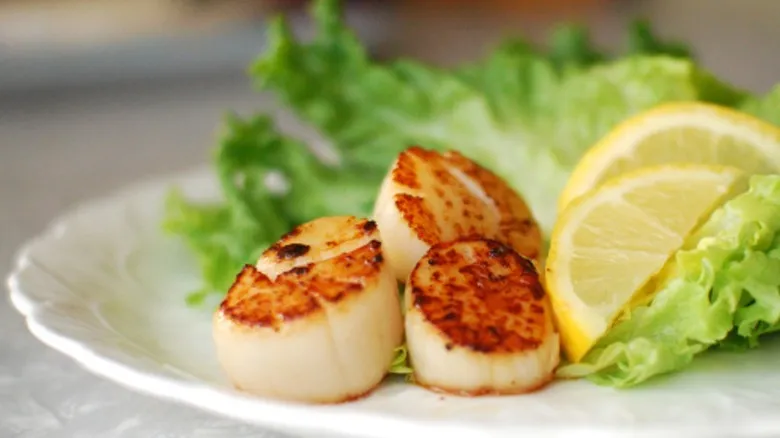How to perfectly sear scallops: a breakdown
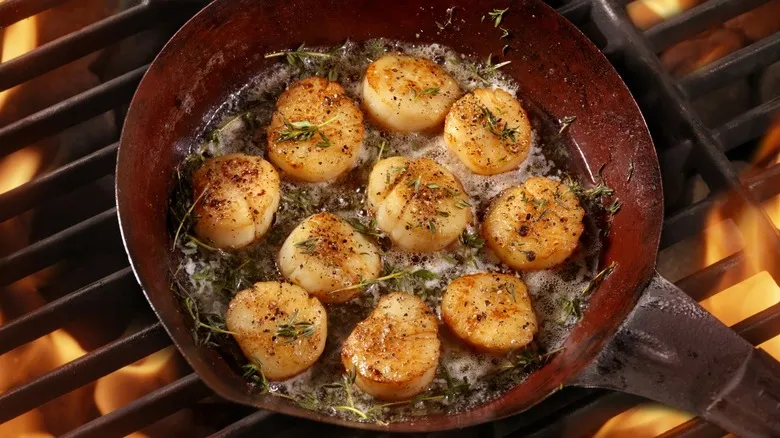
Chef Taylor Hester guided us through the essential techniques for perfectly searing scallops. He emphasizes the importance of choosing dry-packed scallops, as wet-packed ones tend to be too watery, making them difficult to sear and resulting in a rubbery texture. After properly preparing the scallops to prevent excessive chewiness, be sure to pat them dry. Chef Hester advises, "Once dry, season the scallops generously." They are now ready to be placed in a hot pan with "a high-smoke-point oil and a bit of butter." While various oils can be used for frying, canola oil, refined sunflower oil, or avocado oil are excellent choices for scallops. A good pan is also crucial; a cast iron skillet is ideal for searing, whether you're cooking steak or scallops. Don’t shy away from high heat—if it’s not hot enough, you won’t achieve that perfect sear. A Lodge cast iron skillet should work beautifully for this task.
It's also vital to avoid overcrowding the pan with scallops. Adding too many at once can release excess water, leading to steaming rather than searing. Regarding cooking time, Hester recommends keeping it short: "Scallops only need 1-2 minutes to sear on each side, so be careful not to overcook them." The end result should be a tender (but not bouncy) scallop with a beautiful golden-brown sear on each side—a true culinary triumph worth celebrating.
Recommended
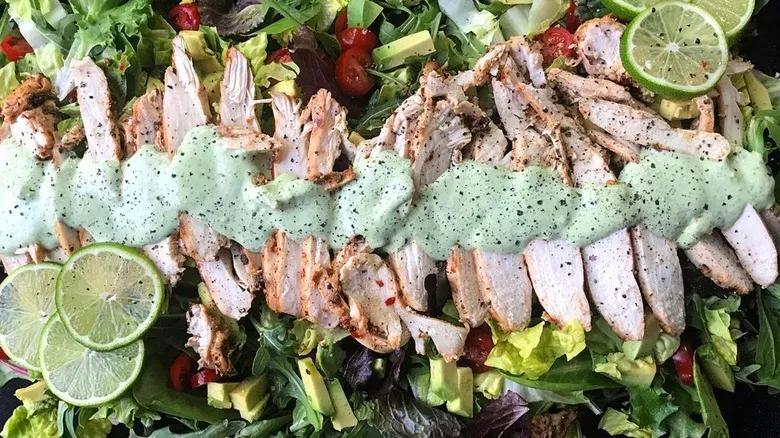
The Argument For Making And Serving Salad On A Sheet Pan
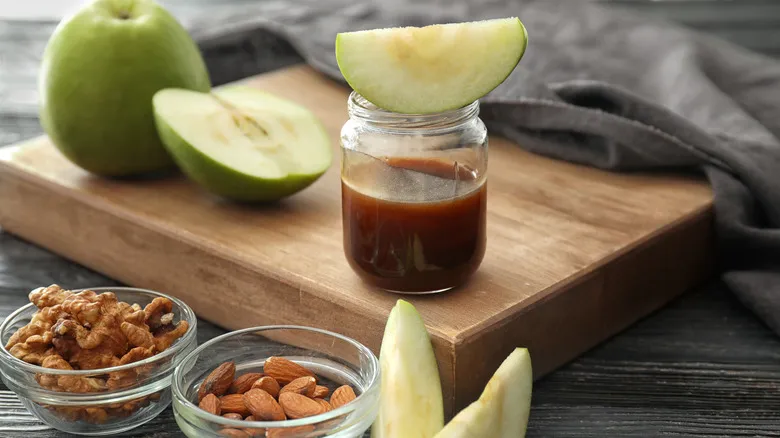
The Best Way To Serve Caramel Apples Isn't Very Traditional
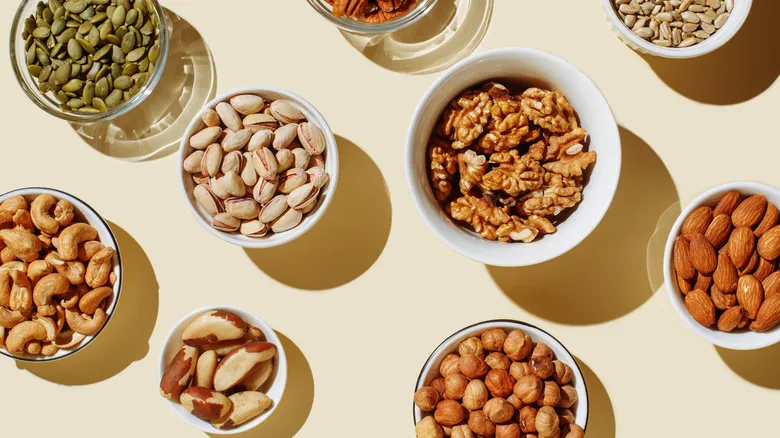
Should You Store Nuts In The Fridge Or Pantry?
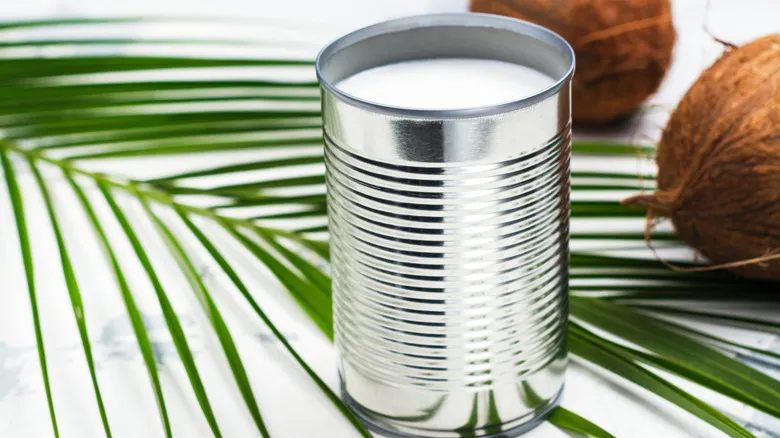
When To Cook With Canned Vs Boxed Coconut Milk
Next up

